Click to join the conversation with over 500,000 Pentecostal believers and scholars
Click to get our FREE MOBILE APP and stay connected
| PentecostalTheology.com



If South Korea were a Disney princess, she would be Cinderella.
Oppressed and abused for years by her closest relatives, Japan and China, the country finally broke free in the early 1950s after World War II and the Korean War.
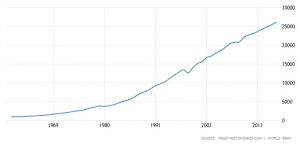 At the time, she was “one of the poorestand most aid-dependent countries” in the world, with per capita income less than those of Haiti or Ethiopia. But through the Prince Charming of hard work, American support, and economically savvy governments, South Korea exchanged her rags for a ball gown. Today, she has the12th-largest economy in the world.
At the time, she was “one of the poorestand most aid-dependent countries” in the world, with per capita income less than those of Haiti or Ethiopia. But through the Prince Charming of hard work, American support, and economically savvy governments, South Korea exchanged her rags for a ball gown. Today, she has the12th-largest economy in the world.
The popularity of Christianity in South Korea followed much the same straight-up trajectory. The first missionaries were allowed access to the peninsula in 1884, but conversions didn’t really take off until after the wars.
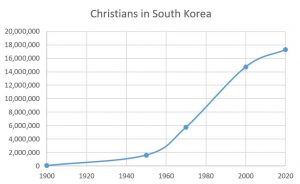
By 1970, 18 percent of the population was Christian; by 2000, it was 31 percent. (Those counts include Protestants and Catholics.) By 2006, South Korea was sending out more missionaries than any other country except the much-larger United States. By 2015, Seoul wasbehind only Houston and Dallas in number of megachurches—and Seoul’s were much larger. (In the United States, 2,000 people constitute a megachurch. In South Korea, it’s 5,000.)
It looked like happily ever after. With 50,000 churches for 50 million people, “there was a belief that the church had saturated the population,” wrote Jae Kyeong Lee, president of the Foreign Baptist Mission Board of the Korea Baptist Convention. Since the number of South Korean missionaries jumped from 1,200 in 1991 to 13,000 in 2006, the goal of sending 100,000 full-time missionaries by 2030 seemed like a stretch, but not crazy.
And then, things stalled. Growth slowed way down, and church attendance began to shrink.
It’s not hard to see what’s going on—“the younger generation is leaving the church in startling fashion,” said Steven Chang, a New Testament professor in Seoul. The reasons are complex, ranging from Western secularization to materialism to high-profile corruption in the church.
But those young people are also a source of hope. “There are signs of younger churches and church leaders who are leaving the megachurch, prosperity-gospel, gift-oriented ministry models and going back to the simple gospel message,” Chang said.
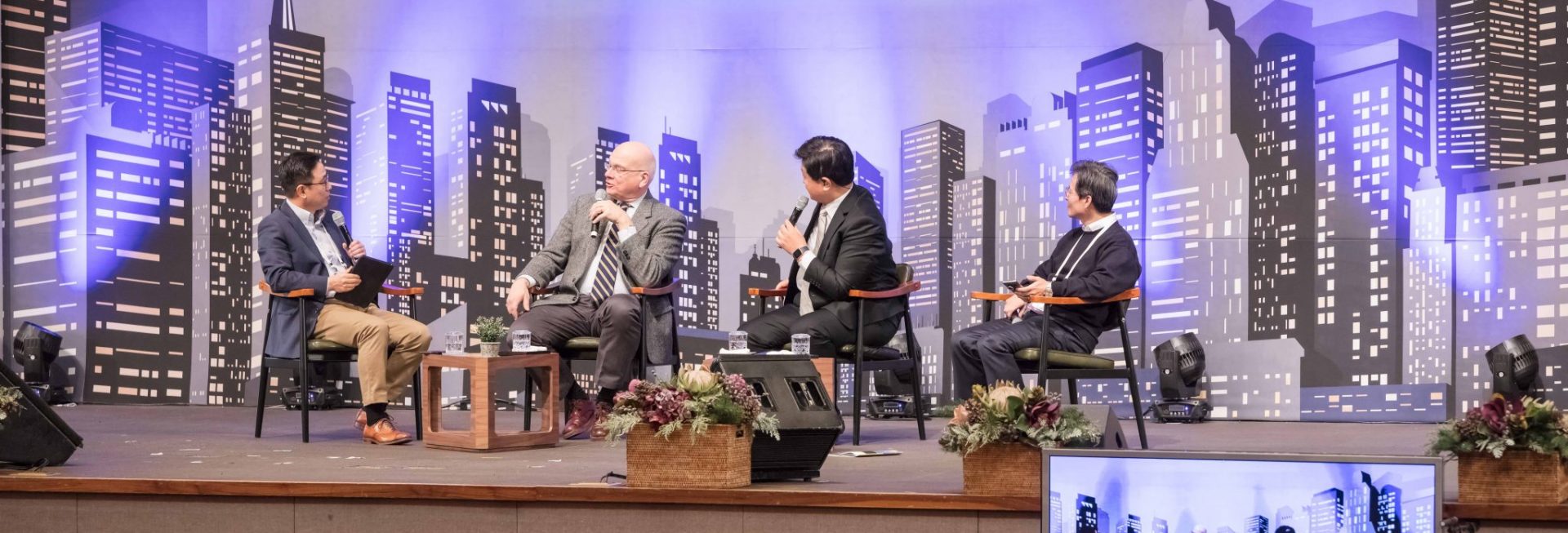
About 600 pastors and leaders came to City to City’s first public conference in 2017; last year, more than 2,000 turned out to hear Tim Keller at its second conference. The Gospel Coalition Korea launched a website five months ago; more than 1,000 are expected at its first conference in October.
“During my time in Korea I was so impressed with the Korean church,” Keller said. “It’s arguably the most fruitful gospel movement in all of Asia over the last one hundred years, but it’s willing to humble itself, repent, and seek new ways to minister to their people and the world in the 21st century.”
Presbyterian in Pyongyang
The first resident Protestant missionary into Korea was a Presbyterian doctor named Horace Allen in 1884, followed the next year by Horace Underwood, an ordained Presbyterian missionary who led efforts to translate the whole Bible into everyday Korean for the first time.
Korea was unusually fertile ground for Christianity—in just 15 years, there were already enough Presbyterians to start a seminary in Pyongyang. (One of North Korean dictator Kim Jong-un’s great-grandfathers attended a missionary school as a committed Presbyterian; another was a Presbyterian minister.)
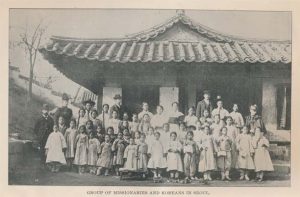
A few things helped Christianity take hold on the peninsula. One was the indigenous belief in a supreme being, which easily translated over to belief in the Christian God. Another was that missionaries often followed the advice of Presbyterian John Nevius, who advocated for churches to become self-supporting and led by indigenous leadership as soon as possible. Third, missionaries brought with them Western medicine and education. Their hospitals and schools and universities—and the American Christian values they represented—wereespecially attractive to young Koreans.
So the conditions were right when, in 1907, an enormous revival—often called the “Korean Pentecost” or the “Pyongyang Revival”—broke out. Through preaching and public confession of sin—both by Korean pastors and American missionaries—the faith of thousands was renewed. By 1910, more than 200,000 of Korea’s 13 million people were Christians. So many of them were in the Pyongyang region (60,000) that the city was called “Jerusalem of the East.”
“The Great Revival transformed Protestantism from a foreign religion to a new national religion,” world Christianity professor Kirsteen Kim wrote in Christianity Today. And it’s true that while the revival was primarily religious, it was also soaked in nationalism. Because Korea was slowly losing the battle to Japan, which would annex the country in 1910.
Persecution
American Christians immediately sided with Korea in its struggle to regain independence. Missionaries and Korean Christians supported the country’s Declaration of Independence (16 of the 33 signers were Protestants), ran its provisional government from Shanghai, andrefused to worship the Japanese emperor.
Being a Christian in Korea wasn’t easy—all students and government employees were ordered to bow down to imperial ancestors at Shinto shrines; all Protestant churches were forced to merge so Japan could control their affairs; and around 50 Christians were imprisoned, tortured, and killed.
But to many Koreans, Christianity smelled like freedom, like home. It didn’t seem imperialistic or colonialistic, the way the Buddhism of China and the Shintoism of Japan did. By the time Japan was defeated in 1945, 3 percent of the Korean population was Protestant.
The end of WWII didn’t mean a happy ending for Korea, however. From 1945 to 1953, Russia/China and the United States battled over the ideological future of the country, eventually resigned to ripping it in half.
It has been perhaps the most thorough elimination of Christianity that has occurred in history, certainly in the 20th century.
In the north, the Soviet-backed Kim Il Sung fiercely attacked all political and religious opposition. Christians were imprisoned, tortured, and killed; thousands fled south. (Anestimated 900,000—or 10 percent of North Korea’s population—moved below the 38th parallel between 1945 and 1953.)
“North Korea’s efforts to eradicate Christianity in Pyongyang and elsewhere in its territory have been so ruthless and systematic that today few outside of Korea know that it was ever there,” historian Robert Kim wrote. “It has been perhaps the most thorough elimination of Christianity that has occurred in history, certainly in the 20th century.”
Prosperity
Meanwhile, in the relative freedom of South Korea, Christianity was booming. The 1.6 million Christians in 1950 more than tripled to 5.7 million in 1970, then nearly tripled again to 14.7 million in 2000. Limited by space (South Korea is about the size of Kentucky) and drawn together by a communal culture, South Korean Christians began to build megachurches. Today, you can find the world’s largest Baptist, Presbyterian, Methodist, and Assemblies of God congregations in Seoul.
Today, you can find the world’s largestBaptist, Presbyterian, Methodist, and Assemblies of God congregations in Seoul.
Next the Korean church took to missions, sending 1,200 missionaries in 1991, 13,000 in 2006, and 27,000 in 2017.
“The church growth and economic growth happened at the same time,” City to City Asia Pacific catalyst Stephen Ro said. That correlation makes sense—Christians who are diligent and disciplined, who sacrifice for others, and who have a good work ethic and good ethics, make productive employees. But that connection was also a way for the prosperity gospel to slide in.
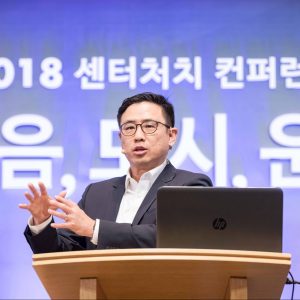
“There’s a fine line between ‘God blesses us’ and health-and-wealth,” Ro said. “In the ’60s and ’70s, there were lots of signs and wonders, along with a lot of Western churches pouring money into Korean churches. Korean people interpreted that as, ‘If you’re a Christian nation like America, you can be rich.’”
And then, in an economic turnaround so rapid it was dubbed “The Miracle on the Han River,” South Korea was rich. In the 1990s, the country joined elite gatherings of the world’s strongest economies—the Organization for Economic Cooperation and Development and the G20. Home to companies like Samsung, LG Electronics, and Hyundai, South Korea in 2018 made the list of the top 25 richest countries by personal income and set a personal record with 45 billionaires on Forbes South Korea Rich List.
It seemed like the health-and-wealth theology had actually worked.
What Happens When the Prosperity Gospel Works?
For the past decade or two, the rapid rise of Christianity—both Protestants and Catholics—has slowed to a crawl. The Center for the Study of Global Christianity estimates it will only grow from 31 percent to 33 percent of the population between 2000 and 2020, then stay at 33 percent through 2050.
“The young people are leaving the church,” TGC Korea president David Park said. “Sunday schools are closing. I think we have the same situation as America and Europe.”
 Maybe worse. South Korea trails just Canada and Denmark in the list of countries that have the largest gaps in religious commitment between the older and younger generations. A little less than 40 percent of those younger than 40 are affiliated with a religion, compared to 63 percent older than 40. Fewer youth attend religious services weekly (24 percent compared to 33 percent of older Koreans), pray daily (19 percent vs. 40 percent), and say religion is very important to them (8 percent vs. 21 percent).
Maybe worse. South Korea trails just Canada and Denmark in the list of countries that have the largest gaps in religious commitment between the older and younger generations. A little less than 40 percent of those younger than 40 are affiliated with a religion, compared to 63 percent older than 40. Fewer youth attend religious services weekly (24 percent compared to 33 percent of older Koreans), pray daily (19 percent vs. 40 percent), and say religion is very important to them (8 percent vs. 21 percent).
Some of the reasons are universal—from growing secularization to the ineffectiveness of the often-preached “easy believism” or soft legalism. “Many pastors look at Scripture more from a topical, systematic framework—as opposed to a biblical-theological framework—which lends itself to moralism,” said Redeemer City to City trainer and TGC Council member Stephen Um. “They’ll say, ‘Look, Abraham did this, so you need to do this.’”
Other reasons are specific to Korea. The public failure of church leadership, which happens everywhere, can be exaggerated by the enormity of the congregations. One pastor wasjailed for raping eight female followers on “orders from God,” another convicted ofembezzling $12 million, another blasted for attempting to pass his church of 100,000 on to his son.
Older generations, influenced by Confucianism’s veneration of leadership, can also be almost blindly loyal to a fallen pastor, Westminster Seminary California dean of students and TGC Council member Julius Kim said.
Ro sees the same thing. “Some older people are fanatical about their church. The pastor can get away with murder because of this reverence. People say, ‘Why are you making a big deal of this? He’s done so many great things. Don’t you know how to revere your leader?’”
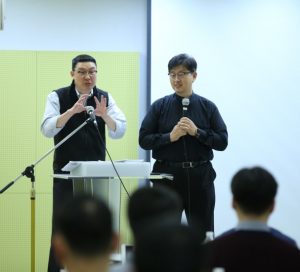
To a younger generation, who are one step farther away from traditional ancestor worship and closer to Western individualism, that “totally doesn’t make sense,” Ro said.
The context for these changes is also different from the looming threat of Japanese occupation that informed the Pyongyang Revival. Now South Korea is developed and wealthy—Seoul, the cosmetic and plastic surgery capital of the world, “is like New York but five-times cleaner,” Um said. “Everything is new and modern and well-wired.”
“In Korea, money is winning,” Park said. “Their aim in life is to be rich, to succeed. . . . Money is the No. 1 enemy in Korean Christianity now.”
Ro agrees. “The biggest idol we have in Korea is mammonism—money. Our mentality, our worldview, our values didn’t catch up to the rapid growth of the economy.”
Hope
Wealth has not been a good savior for Korea. Children spend up to 16 hours a day in school and tutoring programs, working to get into the best universities. Employees put in long hours under immense pressure. Of the 34 OECD members, South Korea has the second-highest suicide rate, and its youth are the least happy.
 Pastors, more than anyone else, are aware of both the need and also the declining membership in the churches. But when Um held the first City to City conference there in 2012, it didn’t go well.
Pastors, more than anyone else, are aware of both the need and also the declining membership in the churches. But when Um held the first City to City conference there in 2012, it didn’t go well.
“About 150 pastors came,” Um said. “We didn’t give them a lot of methodology or practical tips, but instead a robust theological vision. The next day only 100 came back. The next day, 70.”
Um didn’t know what was going on. “It couldn’t be because our gospel DNA content wasn’t good,” he said with a laugh.
Organizers told him pastors were looking for something new and trendy that would help them grow their church attendance. “Our executive team said, ‘This isn’t going to work,’” he said.
It was weird, because City to City was birthed out of Redeemer Presbyterian Church in New York City. And Protestantism in Korea is still mostly Presbyterian.
“Korean Christianity still has categories for Reformed theology, but it’s not necessarily gospel-centered,” Um said. “They learn systematic theological categories—for example, they know about predestination—but they aren’t emphasizing the practical implications of the doctrines of grace through the finished work of Jesus.”
Pastors may say “grace precedes faith,” but then also “preach to the will as opposed to the heart by highlighting what the requirements are of the law and the commandments of God without first motivating the heart with the gospel,” he said.
For the next few years, Um focused his attentions elsewhere.

“Then, five years ago, a remnant of 20 pastors said, ‘Hey, we’re ready now,’” Um said.
The pastors were in their late-40s and 50s, and “humble enough to say, ‘We had a ghettoized version of the church. We need to be more gospel-centered.’”
Around 10 of them had already formed what they called the “big forest” group, where they gathered weekly to pray. The name came from their desire to plant churches—a forest of plants instead of several large megachurch trees.
“I told them about Tim Keller and Redeemer, and they were pleasantly shocked and surprised,” Ro said. “They were what we were looking for; we were what they were looking for.”
The group became the core of City to City Korea. They were happy to read Tim Keller—his intellectualism and Presbyterianism appeal to a country that likes both.
More and more pastors “gathered together, saying, ‘Look, we are not just here for church growth anymore. It does not work and is not pleasing to God,’” Ro said. “‘We are here for city renewal—to bring revival.’”
Like the pastors of the Pyongyang Revival, some repented publicly.
“One of our board members is in his mid-50s—a very capable, high-capacity leader,” Um said. “He confessed to his congregation. He said, ‘We weren’t focused on the centrality of gospel, and we have to change.’”
He’s one of 70 pastors who are “really committed to this network,” said Um, who has held about a dozen teaching conferences in Korea in the past five years. Six hundred came to the first public City to City conference in 2017; a year later, more than 2,000 showed up to hear Keller headline the second.
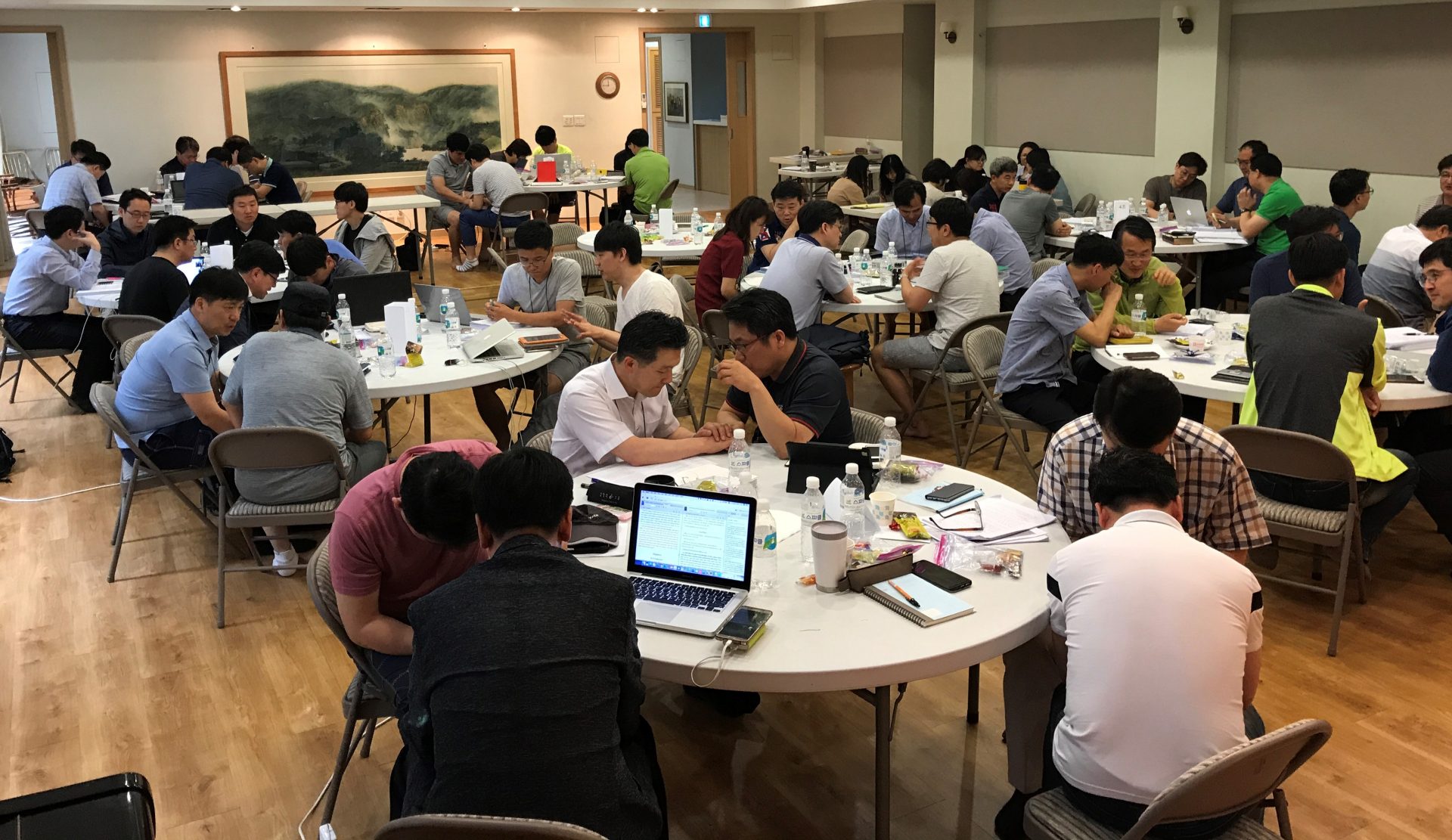
“We have a robust network of about 1,000 pastors—and growing—interested in networking, training, and resources,” Um said. As the vice president of Asia-Pacific initiatives for TGC, he started TGC Korea, which launched its site six months ago.
The nine original TGC Korea Council members have grown to 14 from six different denominations. “We are praying for 40 Council members,” Park said. “It is possible.”
Gathering 40 pastors in Korea is like having hundreds in the United States. Each of the 14 pastors leads a congregation of 3,000 or more. (Sometimes many more—for example, Jae-Hoon Lee’s Onnuri Community Church draws 75,000 in attendance.)
“We’re seeing a resurgence through the work we’re doing with TGC and City to City,” Um said. In March, The Gospel Changes Everything—edited by Um, with contributions by Keller and a handful of other Korean pastors—was released. Essentially a Korean-contextualized primer of Keller’s Center Church, it should do well: “Keller’s books are selling like crazy.”
Sober Hope
“My optimistic read on this is: I do believe TGC Korea can be a helpful catalyst for the growth of Christianity in Korea,” Kim said. “However, while I’m hopeful, I’m also sober, because I know we deal with sin and its effects on our hearts.”
Korea’s clannishness, its willingness to sacrifice for the good of the whole, is one of the country’s greatest strengths. That enabled the country—and its churches—to prosper rapidly.
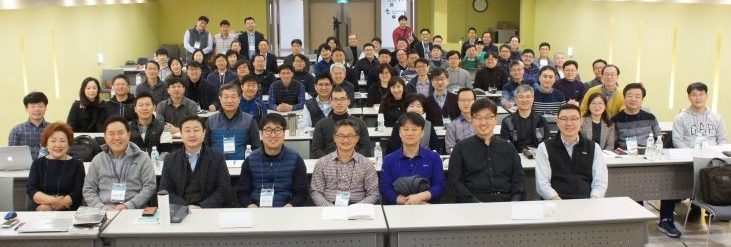
“But now you don’t have to worry about where your next meal is coming from or if you’ll be killed for your faith,” Kim said. “Now you worry about yourself. The whole collective starts to diminish.”
However, just as the “we’re in this together,” “we can’t do this alone” spirit drew Korea to God, so can the “what’s in it for me” questions of the next generation.
Because groupishness is also Korea’s “unique cultural sin,” leading megachurch pastor “demigods” to pursue power and status instead of gospel truth, and leading congregations to give it to them, Kim said. “Like young people in America, young people in Korea are looking for more authentic Christianity. They’re tired of the Christianity of their parents that is sometimes more of a shell. They’re asking, ‘How can the church benefit me as an individual?’”
The gospel has the answer. And seeing where churches veered off track makes the way that much clearer.
“It’s hard, but it’s easier now than 20 years ago when Korean Christianity was at its peak,” Ro said. Back then “everyone wanted to be a megachurch pastor. Now we’re more sober. Once the gospel gets a hold of them, pastors will realize they don’t have to be big-church pastors. They can get excited about the gospel more than their personal ministries.”
The renewal movement is small in Korea, but it is growing.
“Many Koreans are praying,” Park said. At his church, “we gather every morning to pray, and every Wednesday night, and every Friday night. So yes, we pray. And we hope.”


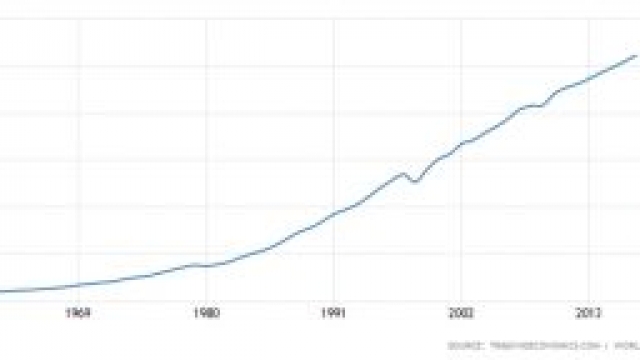

Varnel Watson
most Pentecostal churches are down Steve Maxwell
Steve Maxwell
Troy, you believe articles printed by you in this forum are empirical evidence. They are not. Google “Why do Pentecostal churches keep growing” and the number of articles including surveys as support, will just kill Troy Day. You’re a hilarious fellow. I don’t think I know of anyone else wanting to Pentecostal church to fail. Especially not a self proclaimed Pentecostal.
Varnel Watson
Steve Maxwell SOURCE of the article is The Gospel Coalition Do you have a better source? https://www.thegospelcoalition.org/article/christianity-quit-growing-korea/